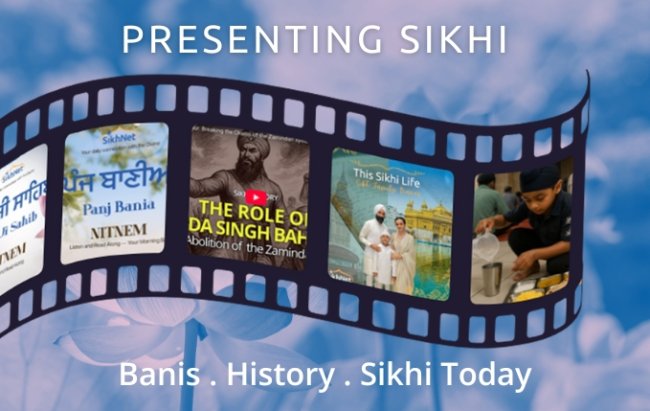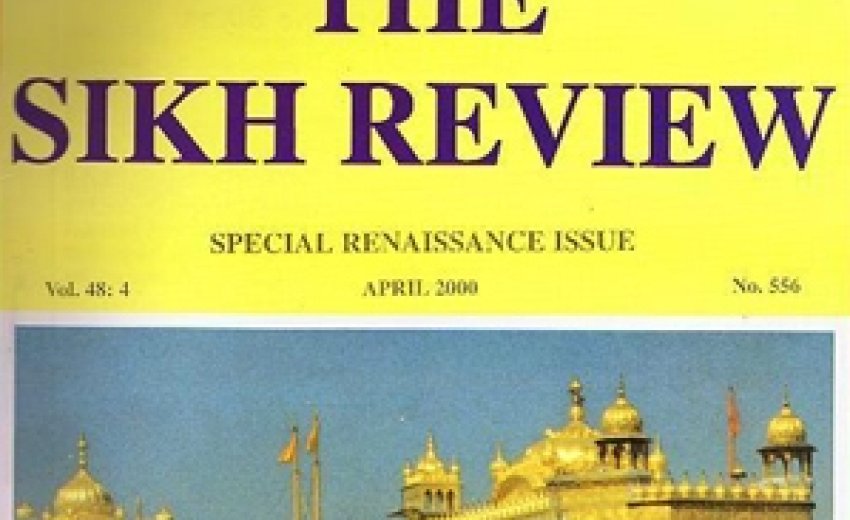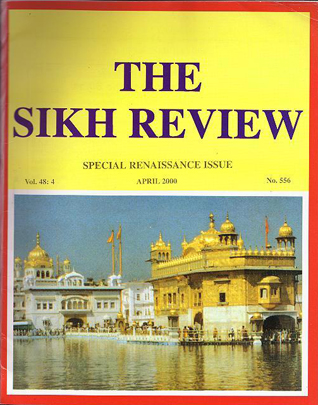 December 26, 2011: When you juxtapose the words ‘Sikh’ and the city of ‘Calcutta’, two images come to mind; both of them strikingly uncommon.
December 26, 2011: When you juxtapose the words ‘Sikh’ and the city of ‘Calcutta’, two images come to mind; both of them strikingly uncommon.
One is that of the tragic culmination of the historic voyage of the "Komagata Maru” ship in 1914. The incident made history when 350 Sikhs, as citizens of the British Empire, sailed into Vancouver harbor, only to be compelled to return to Calcutta, then to be fired upon by the British police killing 18 of them.
The second is of the remarkable monthly journal, ”The Sikh Review”, which will shortly complete 60 years of continuous publication.
How many Sikh journals can boast of having started in the mid - 20th century and continue to march into the 21st with the same vitality, consistency and focus as they were once conceived?
Shortly, the periodical will embark on its 60th year. As I hold the December 2011 issue (# 696) in my hands, I am filled with a sense of gratitude: gratitude for its incredible resilience. Gratitude also for the fact that Sikhs have created such institutions to serve new generations. Gratitude also that it is the Sikh awakening and blazing of a cultural renaissance of the early 1900s that brought our community back to its transcendental realm.
“The Sikh Review” is one such example of that dynamic.
Today, “The Sikh Review” forges ahead as a major connection for the Sikhs worldwide; even as the Sikh diaspora has spread far and wide, the journal has helped global Sikhism to stay connected with the core of its theological, educational and socio-cultural ethos.
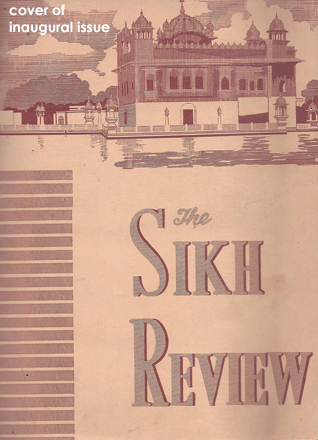 The Sikh Review was conceived by an extraordinary group of gursikhs in a post World War II study circle which drew inspiration from writer, editor and publisher, Raghbir Singh Bir, who ran a monthly, “Aatam Science” in his spare time even as he edited the Punjabi language daily, “Desh Darpan”.
The Sikh Review was conceived by an extraordinary group of gursikhs in a post World War II study circle which drew inspiration from writer, editor and publisher, Raghbir Singh Bir, who ran a monthly, “Aatam Science” in his spare time even as he edited the Punjabi language daily, “Desh Darpan”.
This study circle came up with the idea of an English language journal and heralded its first issue in September-October 1953, with the WW-II hero, Capt. Bhag Singh as its first the editor, guided by Ms. Marguerite Allen Randhawa and the oriental scholar, Dr. Hira Lal Chopra who was equally at home with Persian, Sanskrit, Arabic and Punjabi.
Among people who contributed to it with heart and soul were Sirdar Kapur Singh, ICS, and Dr. Trilochan Singh, Ph.D., D.Litt.
A notable milestone in the life of the journal was the difficult decade of 1980’s when almost all Sikh journals and newspapers in India were scrutinized, censored and even forced to stop their publication and distribution. “The Sikh Review” too suffered. The Indian Army’s assault on the Darbar Sahib took a toll on the aging Capt. Bhag Singh's (the founding editor) health. His daughter and physician son had to persuade him to leave for Chandigarh for rest and treatment. The shock was unbearable for the World War II hero.
“The Sikh Review” struggled but kept going uninterrupted, thanks to the arrival of Sardar Saran Singh, a recently retired senior and much-sought after Indian Administrative Officer and trouble-shooter, in 1983-84. He had only recently completed a stint as advisor to the Government of Assam during a crisis-ridden period for the state.
Under his guidance ... and defiance of Indian government attempts to interfere - the journal continued publishing right through, openly and honestly writing about the strange goings-on in New Delhi and Punjab.
Bound Volumes in their Calcutta/ Kolkata office testify to their collective devotion, as well as God's grace.
So what makes “The Sikh Review” go on and thrive when many others have come and gone?
The mission, the focus and the sense of selfless service!
The team remains stead fast in its mission: To spread the light of gurbani and truth in a way that is applicable to the younger and modern generation honed in the English language, and to cover all aspects of Sikhism in a new idiom.
What is remarkable is the team’s mode of operation that has kept the journal on an even keel. No profit. No personal ego. No politics. It is truly a “panthic” effort, free from hazy confusions - dedicated to humanitarian goals.
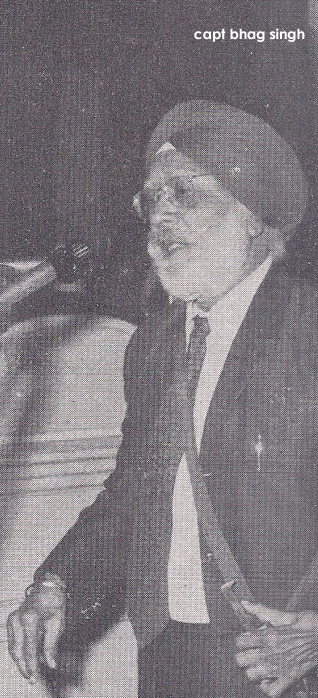 From around the globe, scholars and learners alike contribute their writings as a labor of love. An editorial board, with the best minds worldwide, works smoothly to select and streamline the articles.
The dedicated volunteer representative body reaches out to Sikhs in every country they live in, with the sole intent to disseminate the mission of our Gurus to people of all ages on every continent.
From around the globe, scholars and learners alike contribute their writings as a labor of love. An editorial board, with the best minds worldwide, works smoothly to select and streamline the articles.
The dedicated volunteer representative body reaches out to Sikhs in every country they live in, with the sole intent to disseminate the mission of our Gurus to people of all ages on every continent.
Each monthly issue of “The Sikh Review” is a digest of fewer than 100-pages. It does not boast of fancy paper or graphics, just good contents. Contents that range from the philosophical to the practical day-to-day aspects of Sikhi, from graphic glimpses of history to current concerns that challenge Sikhs anywhere they call home; from reviving the classics to the review of the latest happenings in the scene of fine arts, cinema, music or books. It is in chaste English, supplemented with gurmukhi fonts when needed. The content is easy to read and digest, and covers aspects that appeal to a wide range of thoughts and lifestyles centered on Sikhi.
The October 2011 issue has at least 50% of content that is exclusively written for the journal. The beginning few pages are devoted to the spiritual and theological aspects, which in this issue cover topics such as meditation on a shabad, an Editorial on the Gift of “Naam”, the origins of the practice of chanting “Waheguru”, and the majesty of “Japji Sahib”.
The journal then moves on to the area of “Moral Tradition” where the uniqueness of Guru Nanak’s philosophy is addressed with the question of why this has not been a popular subject amongst the intellectuals of today.
Next is the “Art of Conversation”, as taught by the Gurus and applicable to our daily lives in the contemporary context.
The journal then moves onto more earthly realms, and lands the readers into the panoramic landscape of recent history - the era between Banda Singh Bahadar to Maharaja Ranjit Singh, followed by a tribute to the 19th century raagi, Bhai Hira Singh, an interview with Hardeep Singh Puri, India's Ambassador to the United Nations, and then the Sufi singer Rabbi Shergill’s new album ...
In the “Classics” section, a translation of Bhai Vir Singh’s popular but forgotten novel Sundari is covered in installments. The Youth Section features an article from a law student in Canada on appreciating the kirpan for what it is - covering its spiritual, functional, rational, traditional and judicial aspects.
And then there are the poetry, arts and news sections, featuring the latest and newsiest items from the previous month. Two new books are reviewed by the editor in this edition and the section on “Letters to the Editor” lets the readers communicate their thoughts on the previous editions and what they would like to see in the forthcoming ones.
In short, there is something new and interesting for everyone out there, no matter if one is connected to any or all aspects of being and becoming a Sikh!
So what do we do with this treasure out there?
I would say, take advantage of it, learn from it and help it thrive.
One could start by giving away subscriptions as gifts to oneself, family members and friends. For libraries, bound volumes of the journal’s prior issues are available. You could gift prior volumes to your gurdwara library or acquire them for your own.
You could use the journal for your monthly book club meetings or material for adult learning at the Sunday Gurmat School.
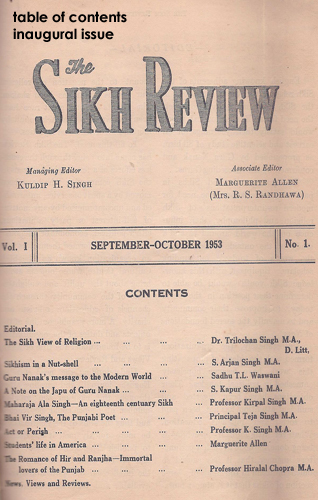 One could argue that “Why in the age of free internet articles would you subscribe to a hard copy monthly journal?”
One could argue that “Why in the age of free internet articles would you subscribe to a hard copy monthly journal?”
There are a few good reasons.
1 There is no substitute for reading pleasures while unwinding in your easy chair with article-after-article carefully selected to fill you in with the best of the Sikh world.
2 Quality - with editors like S. Saran Singh and the likes of Dr. I.J. Singh on the editorial board, you can rest assured that you are getting the best in content.
3 It is eminently affordable. Those on the subcontinent can subscribe to it at an annual cost of Rs. 250, the Europeans for UK £20 and the rest of the world for US$40 for 12 Issues - inclusive of shipping costs by air.
4 It is a piece of history that has inspired and connected Sikhs from across the world for the last six decades and plans to do so for many more to come.
5 Most of the content is written exclusively for “The Sikh Review” and is not available on the internet. Membership has additional benefits, such as online searching for all the old archives.
It is in our own interest to keep such efforts viable so we have a media of our own that widely shares the truth about Sikhs and Sikhi to our people, as well as to others worldwide. Also, there is no better way than having more subscribers, wider readership and greater involvement, in order to maintain and improve the quality of the journal.
With an excellent track record, readership and support from around the world, it can be hoped that “The Sikh Review” will keep lighting the path for many future generations everywhere on this planet. It is the best hard copy Sikh monthly in the English language that truly inculcates pride and is one worth saving.
A must for every library and home!
To subscribe:
For Punjab and other points on the subcontinent: Please send the cheque/draft to: The Sikh Review, Room # 116, Karnani Mansion, 25A Park Street, Kolkata 700016, India.For elsewhere in the diaspora: Please give the following instruction to your bank:
Please remit US$/UK£ ... to Standard Chartered Bank, N.Y., (AEIBUS33) for credit of a/c # 000698977 of Allahabad Bank, International Br., Kolkata for further credit of "The Sikh Review" ( S.B. a/c # 20091021504) with their Park Street Br., S.W.I.F.T Code (ALLAINBBCPS).
In all cases: Please send the remittance information and address by email to [email protected]
For local distribution wherever you live in the diaspora, or more information, please contact: [email protected] or visit www.sikhreview.org/contacts.html
